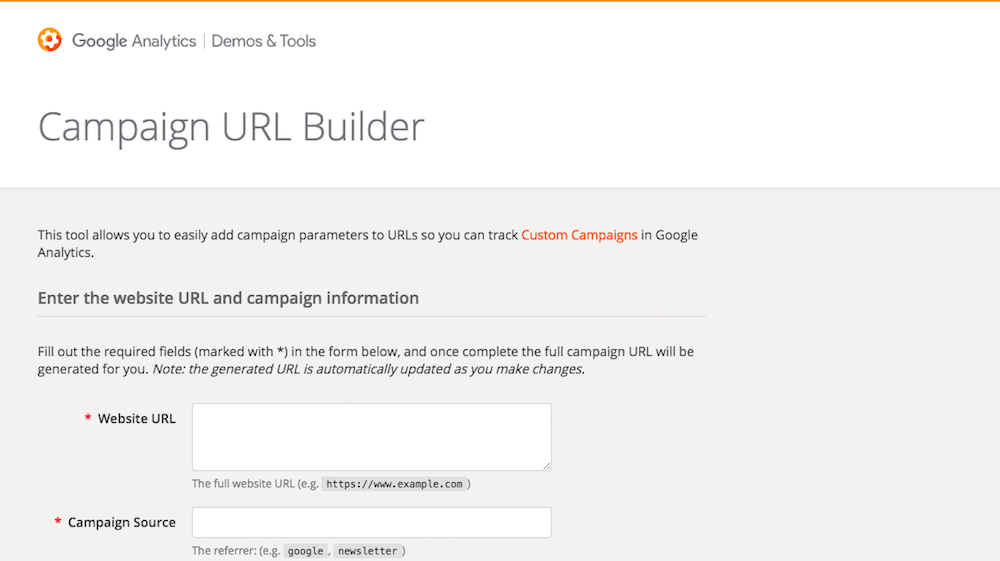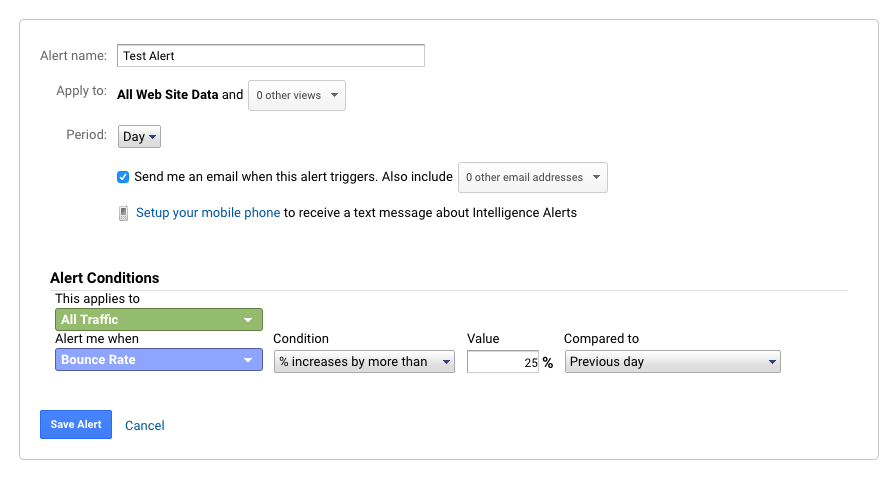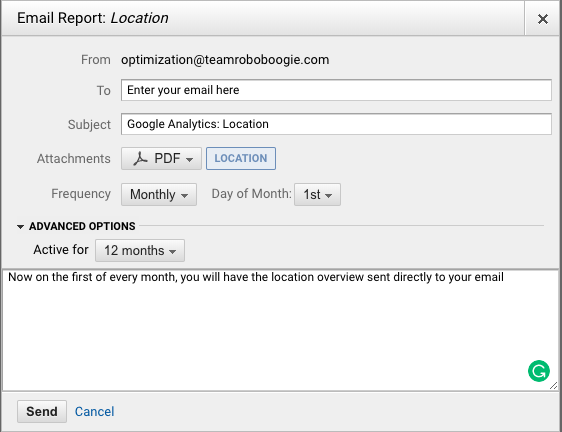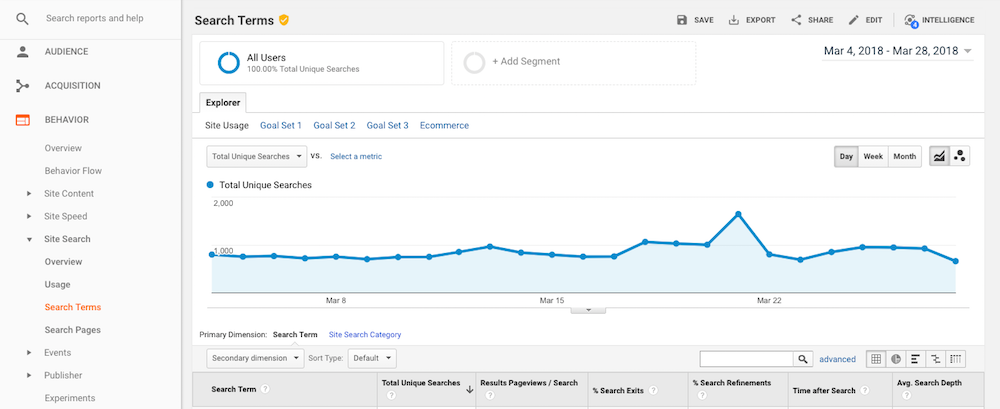Go Back
Google Analytics (GA) is one of the most powerful and straightforward tools to quickly start gathering web data on the market. Out-of-the-box GA provides a terrific snap-shot at site performance, but with a little customization you can be getting a lot more out of your implementation to make your analysis more powerful, intentional, and accurate. The customization potential with GA is next to unlimited, but let’s unpack seven simple things you can do to quickly leverage more out of your analytics setup.
(Why seven? The short answer: five isn’t enough, and THE DATA says no one ever sticks around for ten…)
1. Block Your Internal Traffic
The importance of blocking your internal traffic is often overlooked, but take a step back and think “who is visiting my site the most?” Nine times out of ten it’s your internal team. Fortunately, you are able to filter out internal traffic through an IP block. However, this does have a few limitations. This method works best when you have a physical office, but if a majority of your team works remotely then it’s critical to collect your teams individual IP addresses and block them as a unit. It’s a little more tedious, but this is an easy first step to get more out of Google Analytics. Here’s a photo to get you on your way.

After setting up the filter, go ahead and apply it to the properties you analyze the most and you’ll begin to get more accurate customer information passed through Google Analytics.
2. Set Up Campaign Tracking
Do you find yourself frequently launching outbound campaigns to drive traffic to your site? Ever wonder if your campaigns are successfully accomplishing your goals? Here’s a simple way to measure the success of your campaigns. Initiate tracking on your campaigns. Implementing tracking for all future campaigns will allow you to see how customers landing from a campaign are interacting with your site. Once activated you’ll be able to dissect the effectiveness of a campaign and iterate on strategies to make your outreach more efficient.
Google provides an excellent tool to help you get started.

3. Define Your Goals
Have a critical funnel on your site? If your website has a purpose, then the answer is yes. You are able to set goals which monitor the effectiveness of your key funnels. Initiating and reporting on goal metrics will begin to uncover any bottlenecked areas on your site. We’ve seen that simply monitoring goals leads to significant increases in conversions. You’re probably thinking, “Just by monitoring? That’s too good to be true!” Well, skeptical reader, the lifts begin to happen once you leverage the data to uncover areas that aren’t resonating efficiently with users.
4. Activate Alerts for Key Metrics
This one is as simple as navigating into your settings and selecting custom alerts located underneath the Personal Tools & Assets section. If you have an important metric that you’ve been constantly monitoring, but don’t want to have to navigate into Google Analytics daily, simply set an alert. You can select email alerts or even text message depending on the importance. Activating the alert section will allow you to keep on eye on things without having to be extremely vigilant. Here’s an example alert:

5. Power Your Analysis with Dashboard Creation
Do you find yourself continuously filtering the same customer segments, and then navigating to the same information over and over? Google analytics allows for custom dashboard creation to facilitate this very problem. You are able to get as customized as you’d like, which will save you time if you’ve already narrowed in on your key customer demographic. Or, if you’re looking for a little more insight into your customer journey, reach out. We have extensive experience mapping out both your ideal customer segments and your customer journey through your site.
6. Utilize Monthly Email Reports
Would you prefer to never have to go into Google Analytics? While we highly recommend getting more comfortable with it, if this is the case you are able to set up monthly/weekly reports straight to your email. Here are the steps to do so:
- Navigate to the report you want
- Select ‘Share’
- Once modal prompt displays, enter settings and recipient.
- Hit ‘send’ and you are off!

7. Spend Time Getting to Know Your Site Search Results
If you have a search bar on your site, this is critically important and it is easy to find! Simply navigate to the Behavior segment, and site search will be presented to you. Site search is relevant on two fronts because a) it uncovers hard-to-find areas on your site and b) it will show you the most searched for items on the site. These work together seamlessly to paint a better understanding of your users’ onsite interactions. After analyzing this data you can begin to shift the hierarchy of items on your page, likely increasing your conversions.

With these top 7 simple efforts, you will start unlocking more value with Google Analytics, but this only begins to skim the surface of GA’s full capabilities. Check out more of our Analytics posts to uncover more ways to unlock more in your data practices.
There are a multitude of easy, low-lift, implementations to get more out of your current Google Analytics setup. At roboboogie we utilize this tool regularly, and by leveraging it on a daily basis we have been able to adopt a data-backed outlook on design. If you have any questions be sure to reach out, we always love a good conversation on data collection and analysis.
Written by Tyler Hudson


